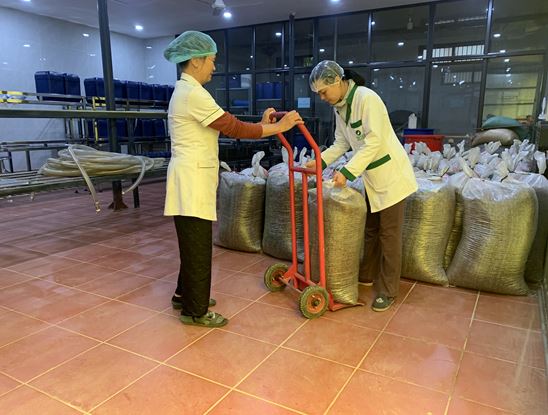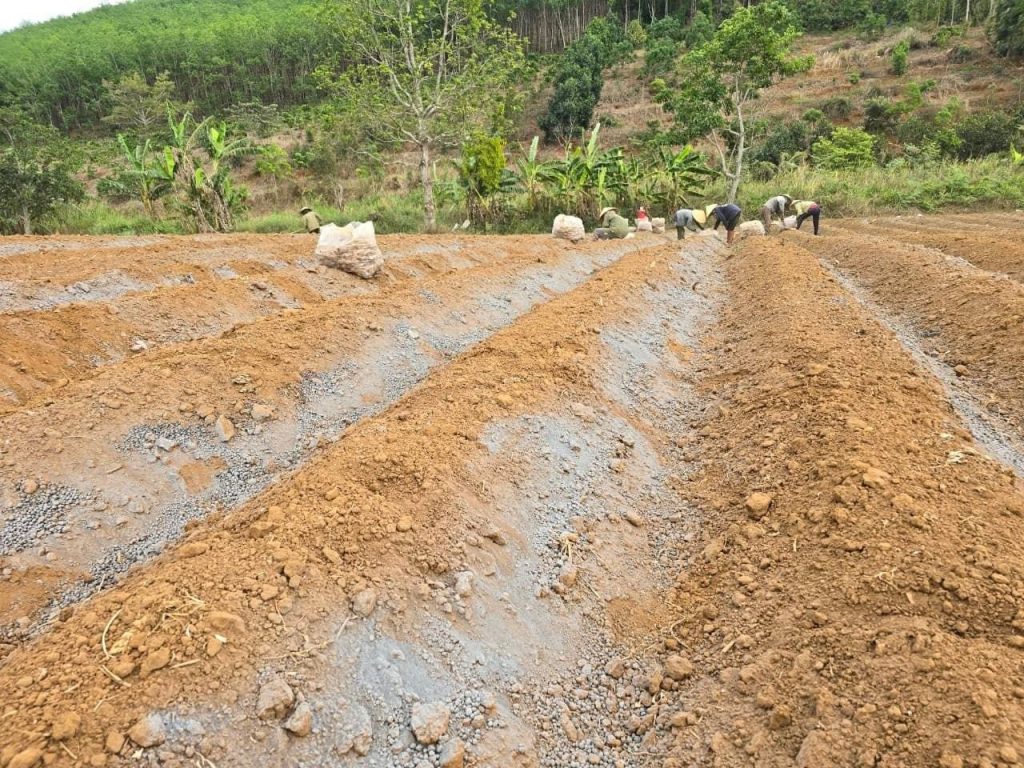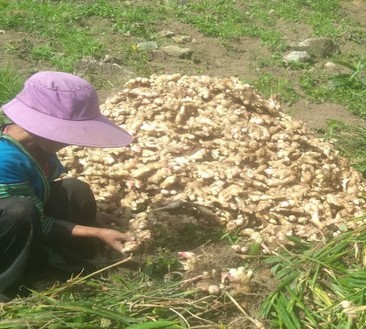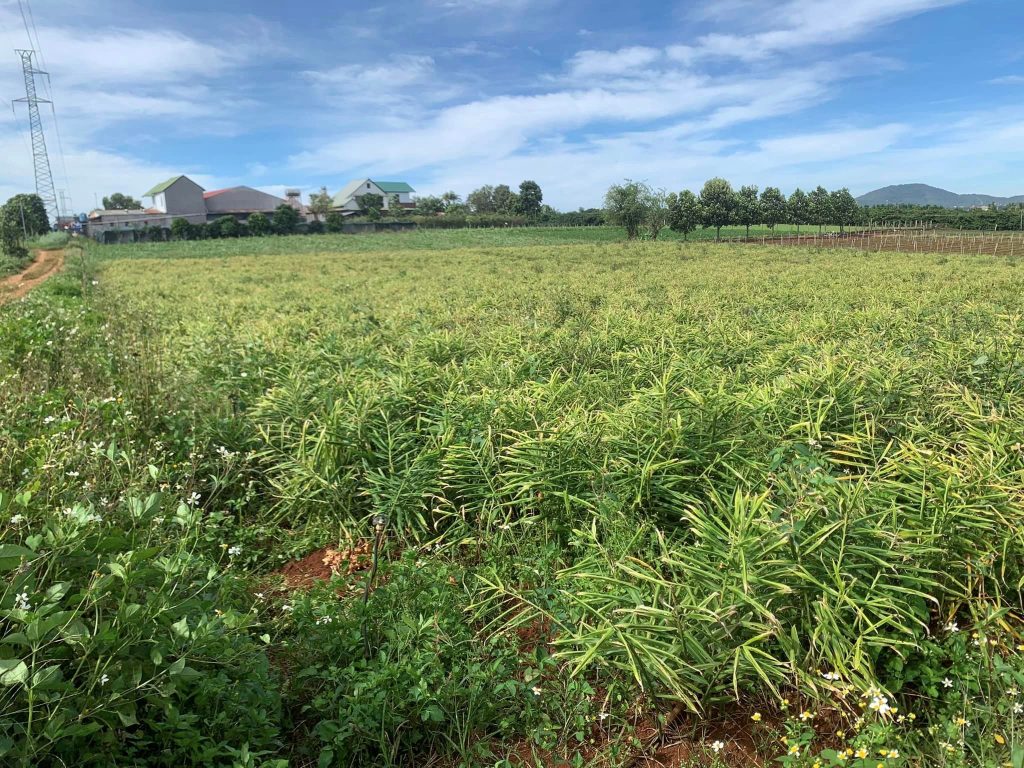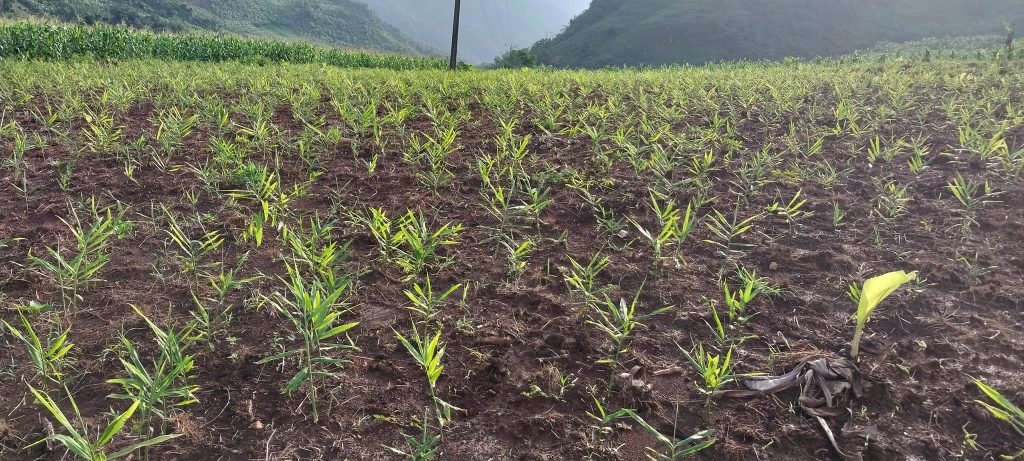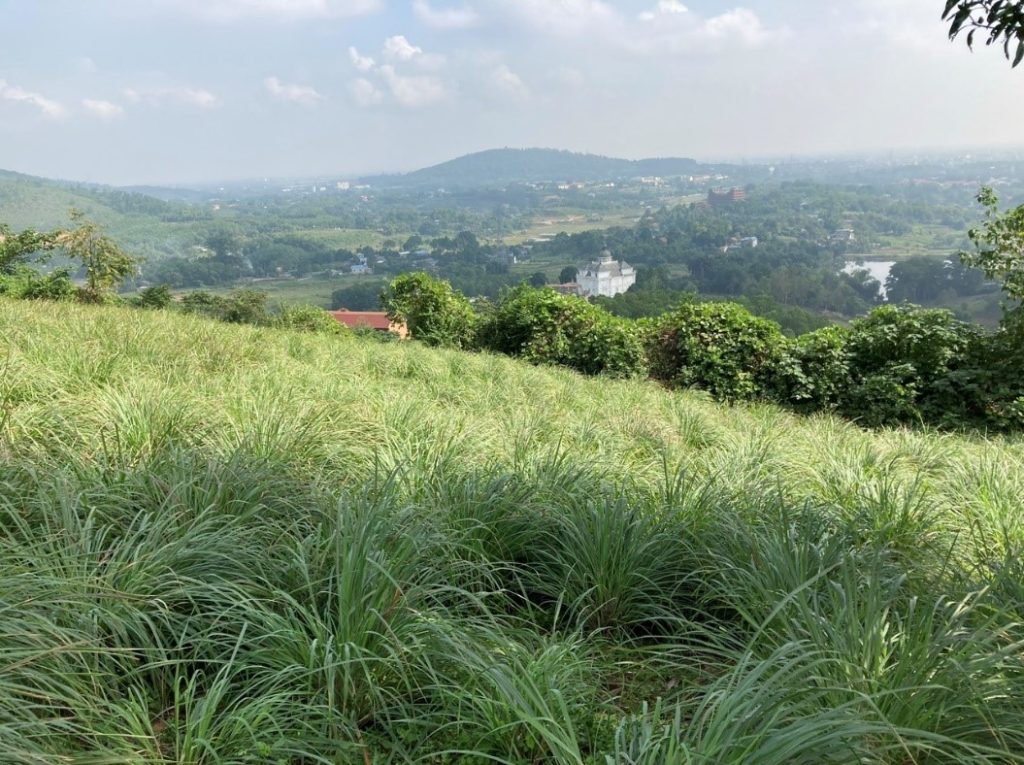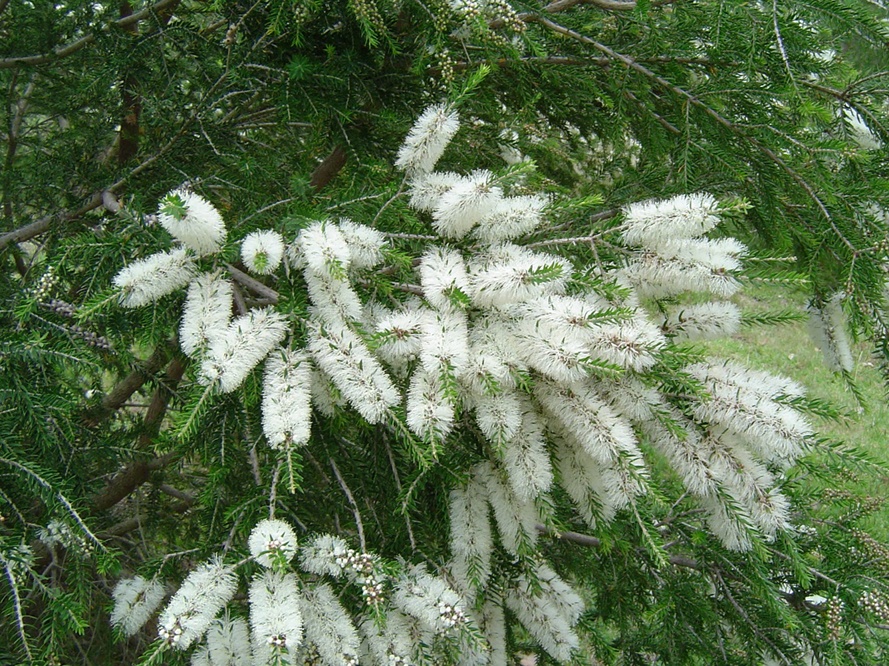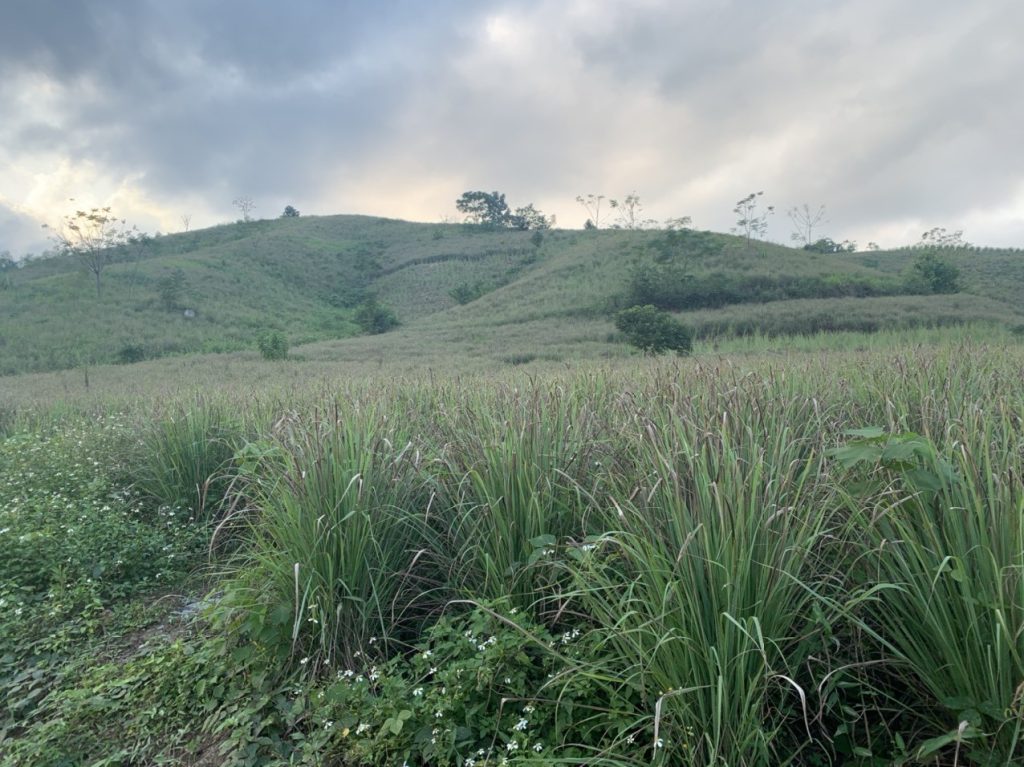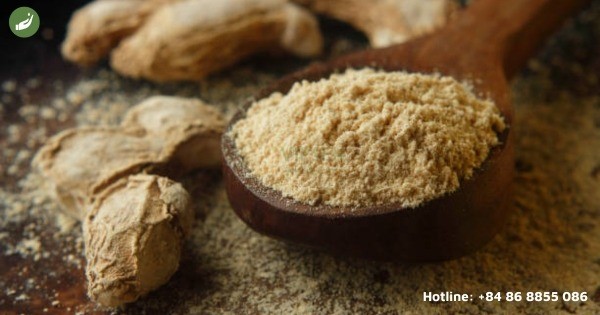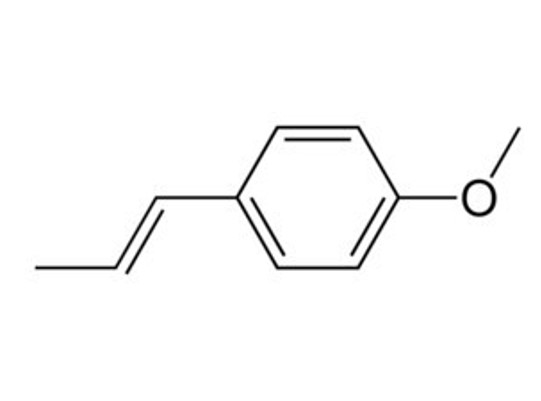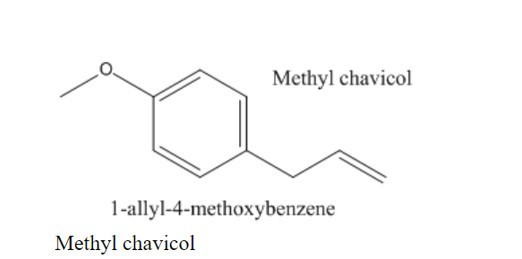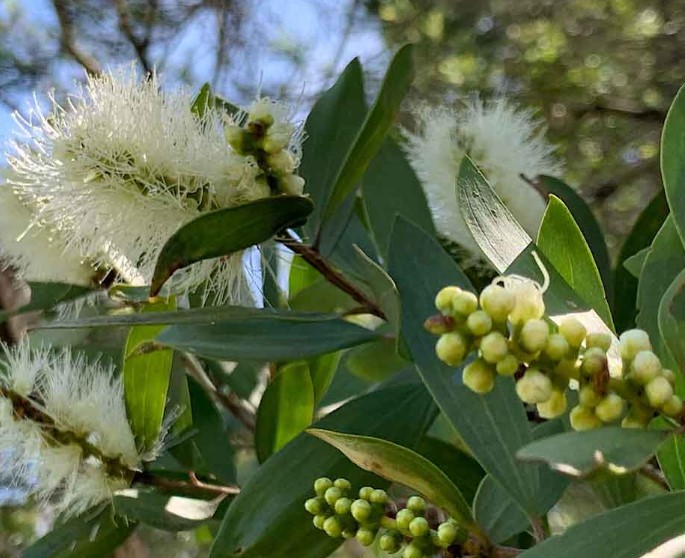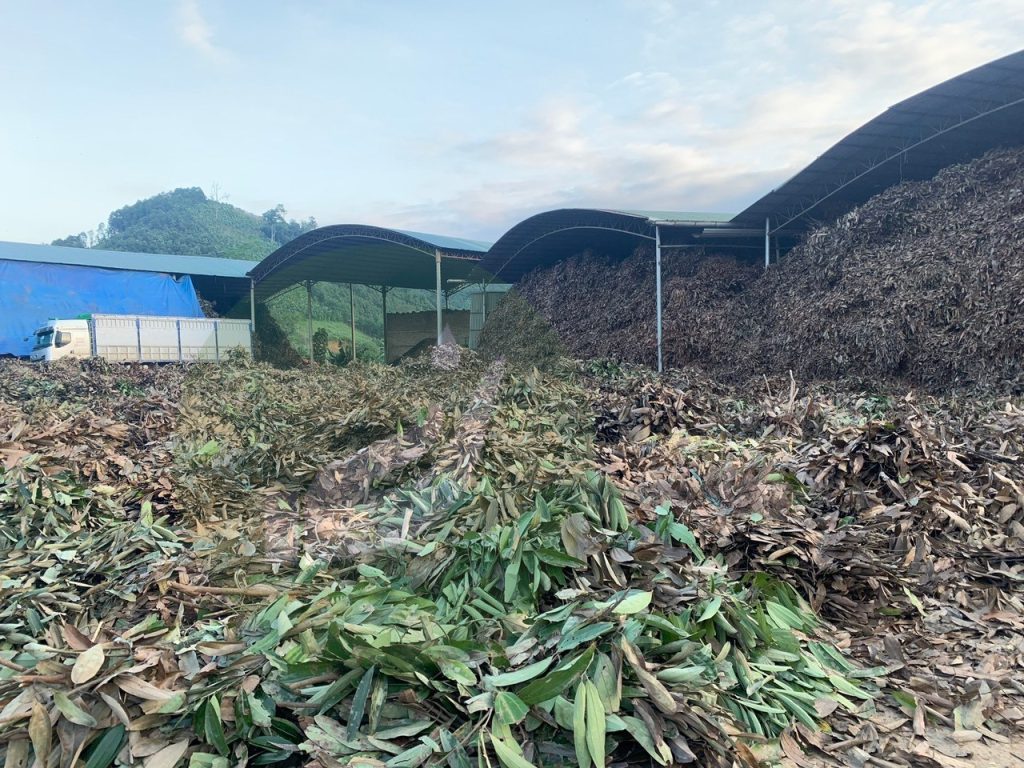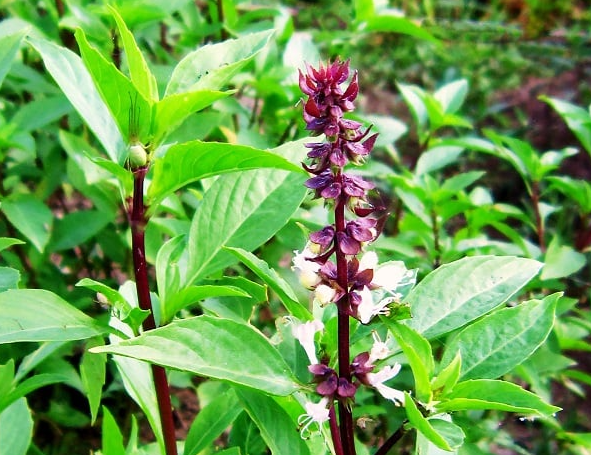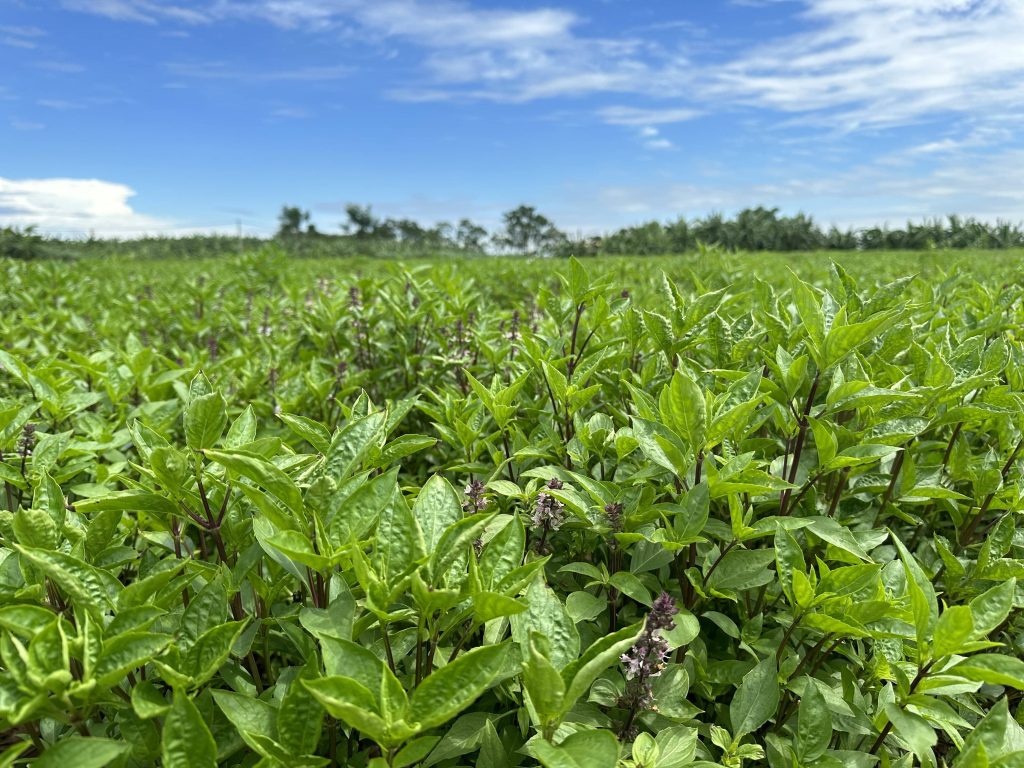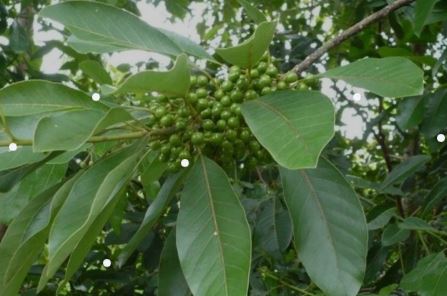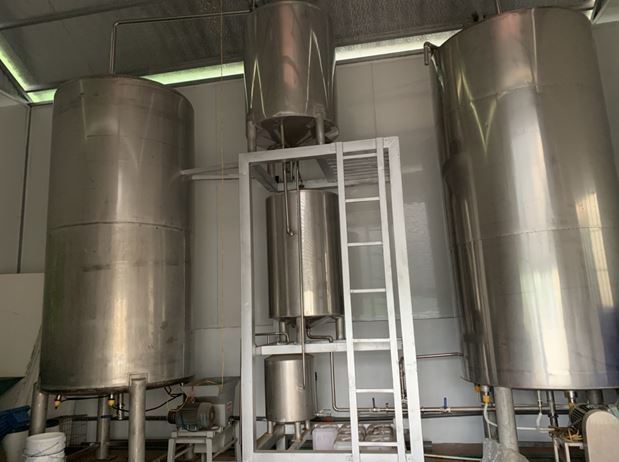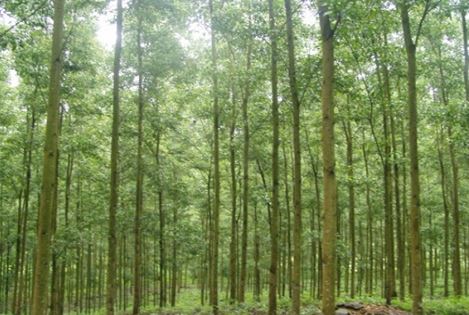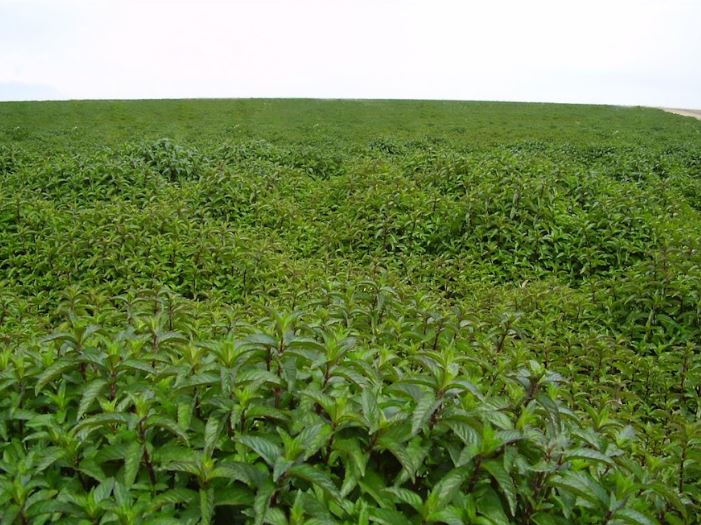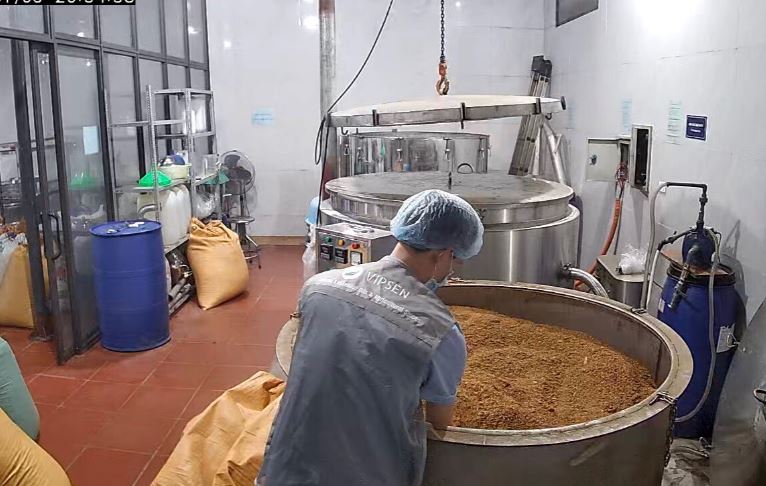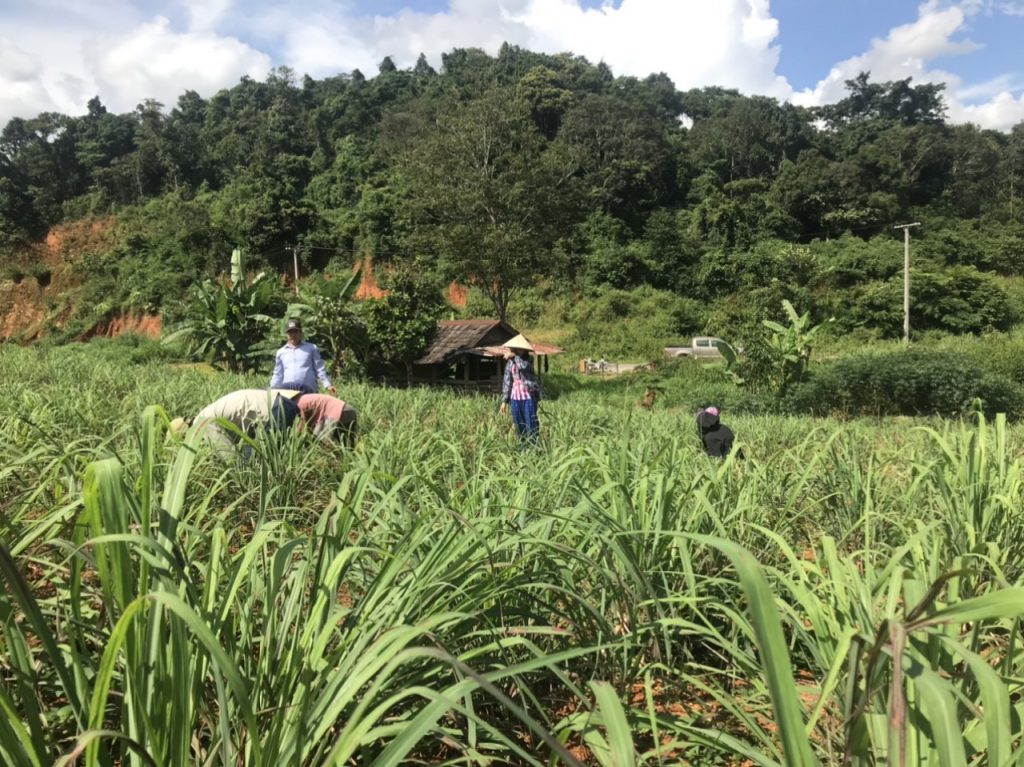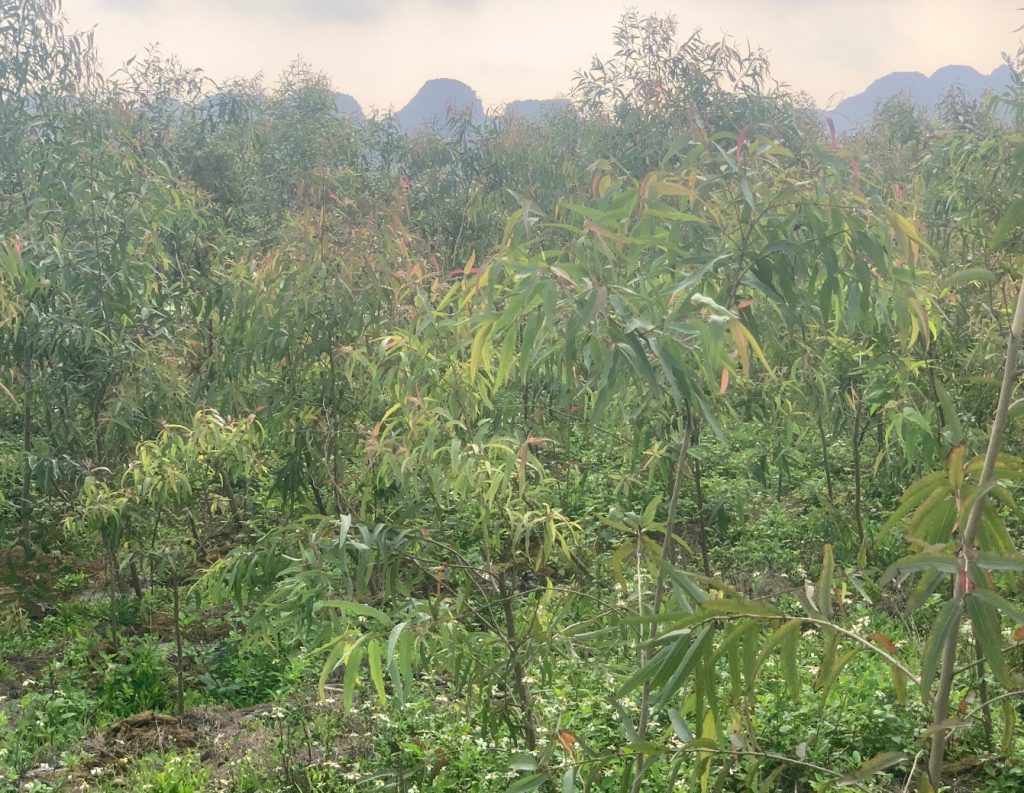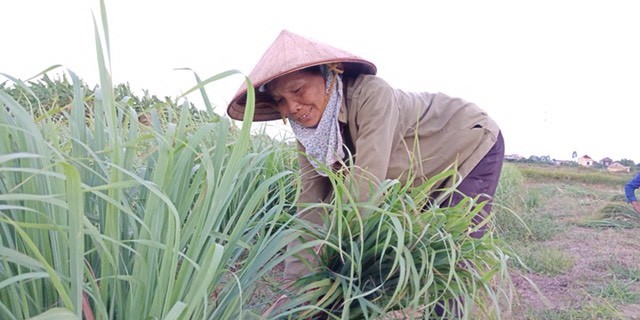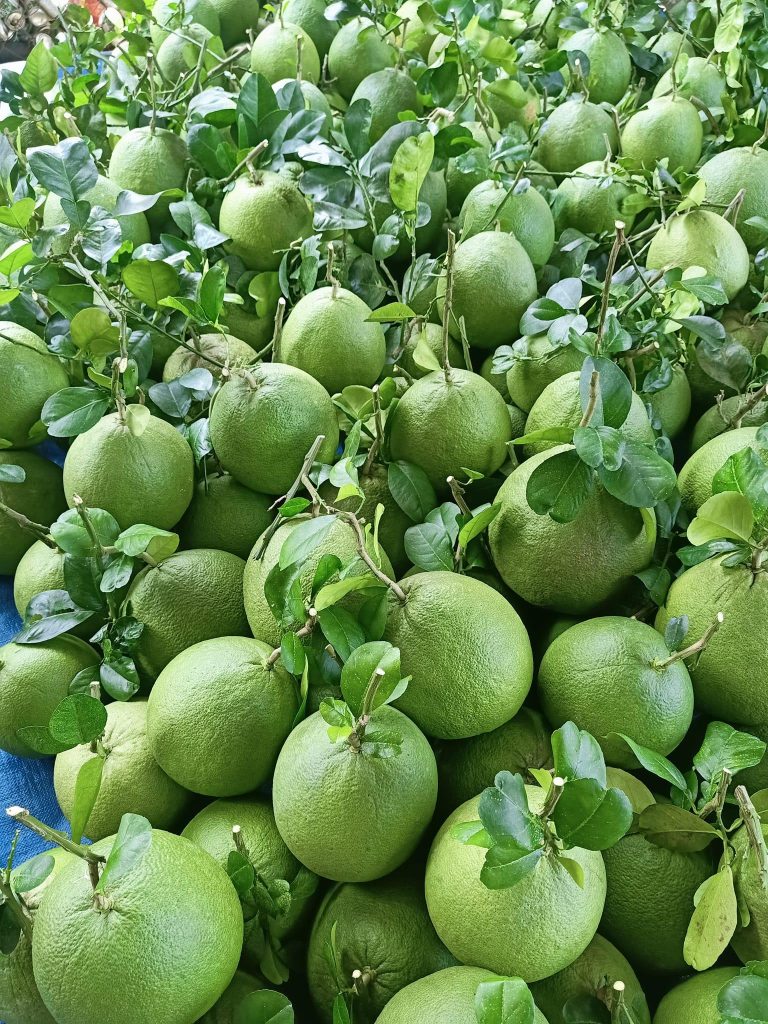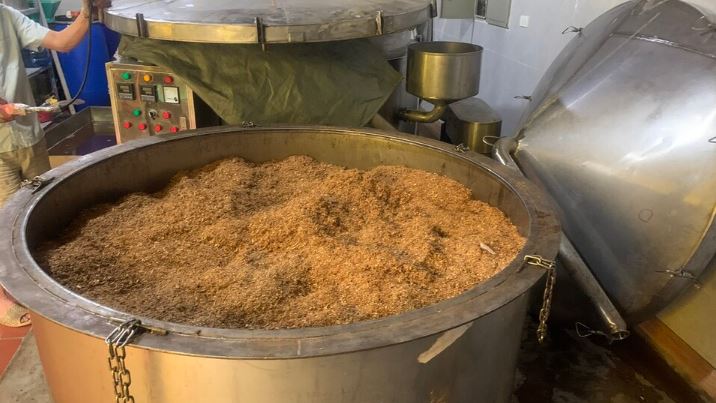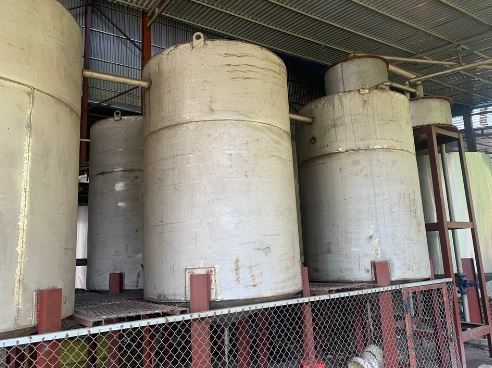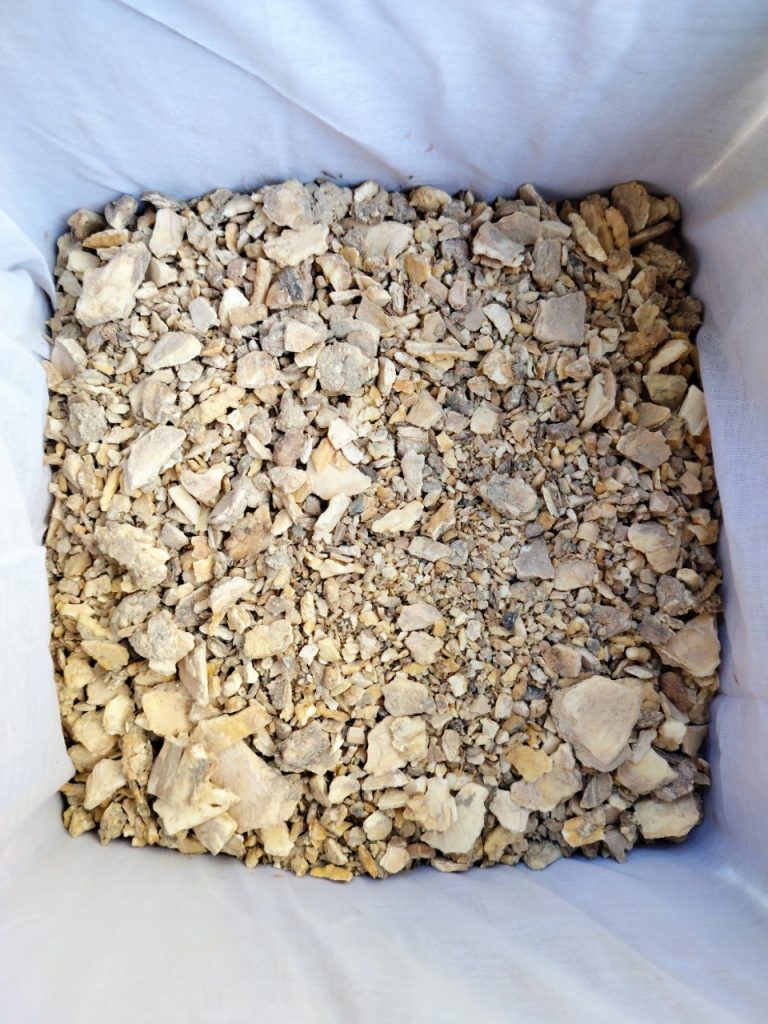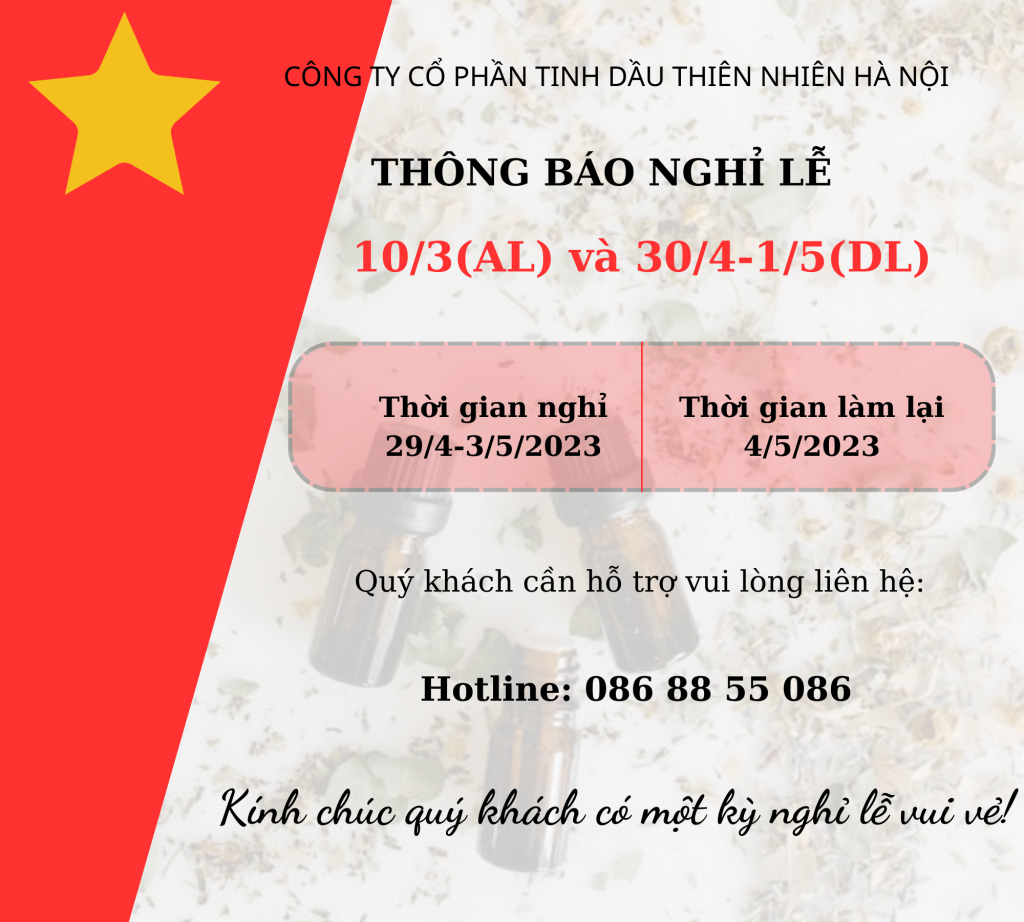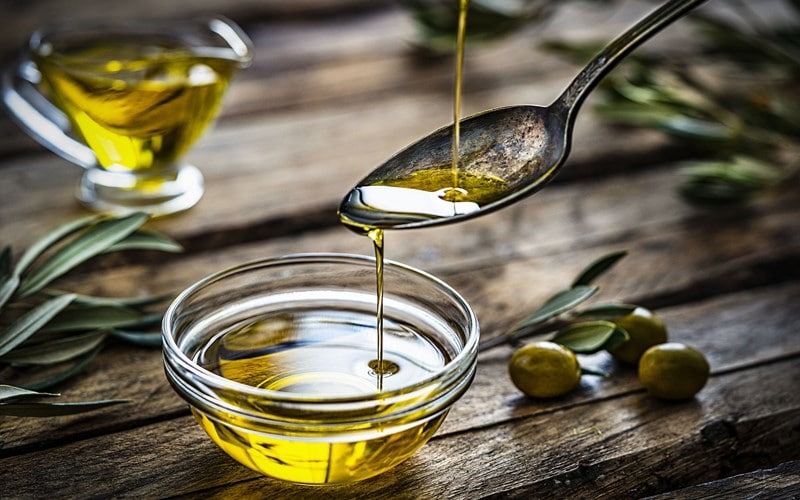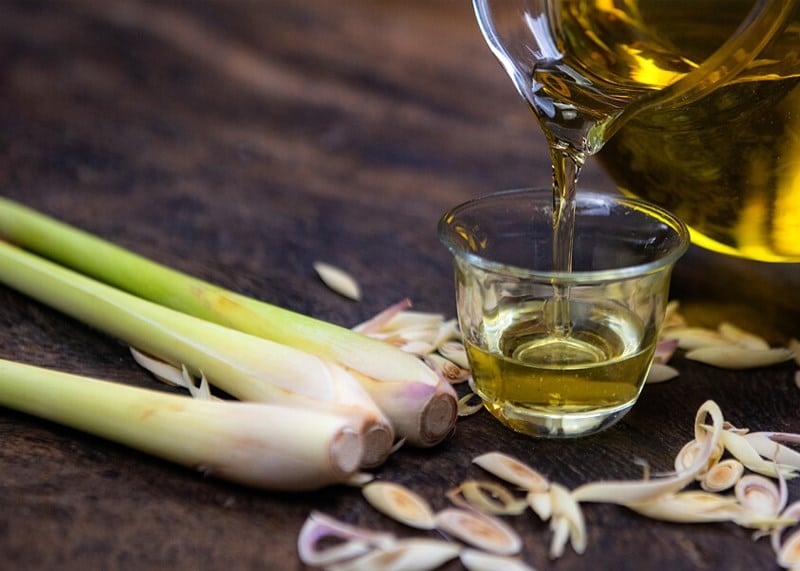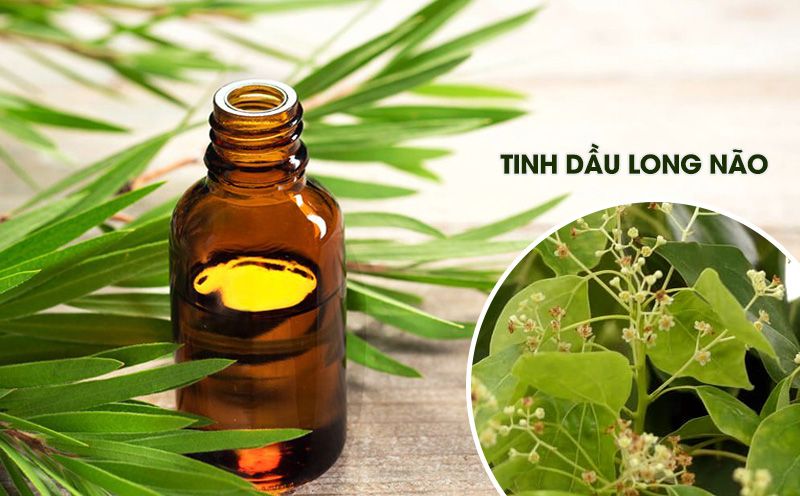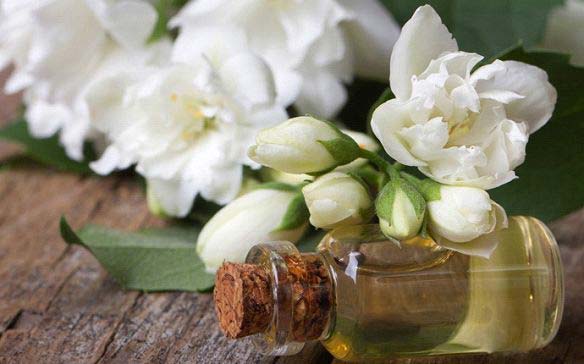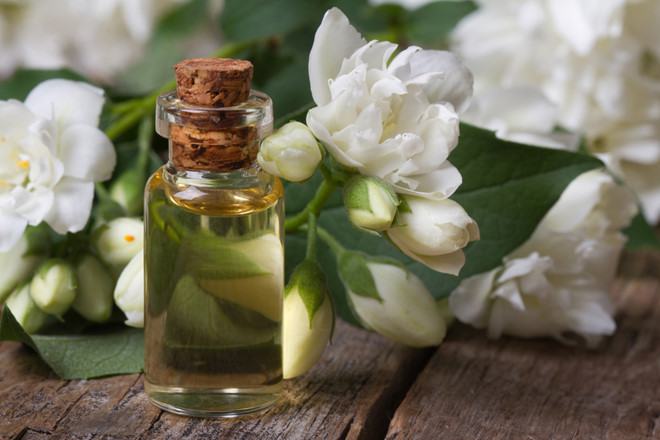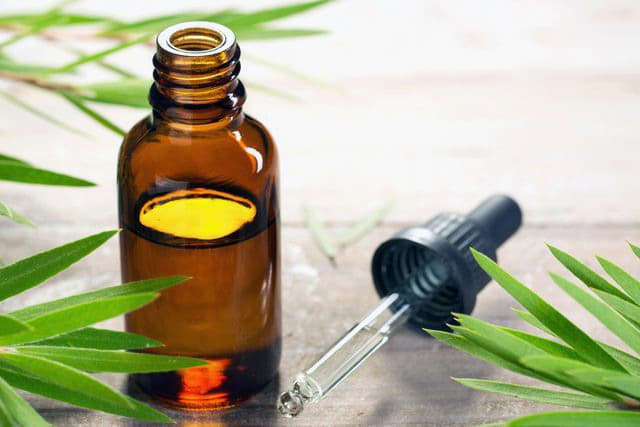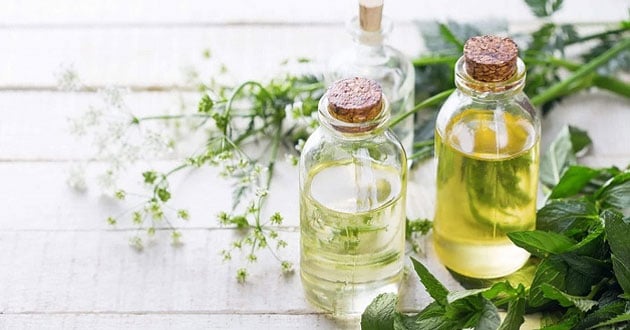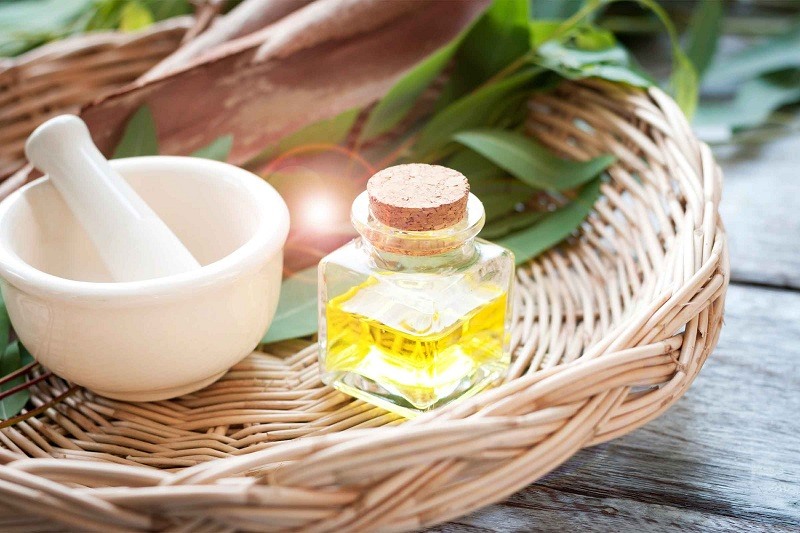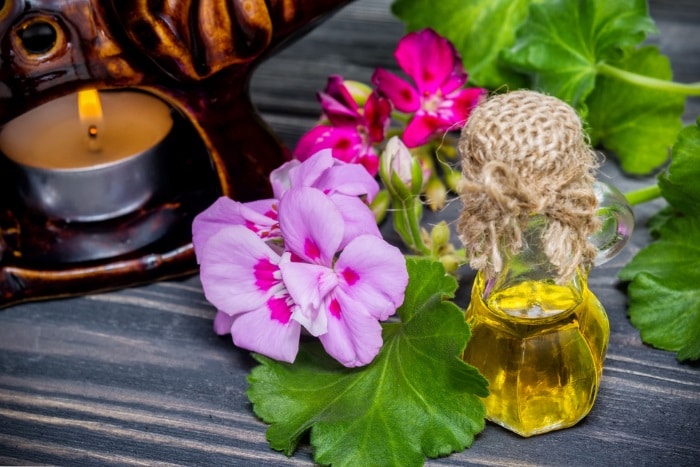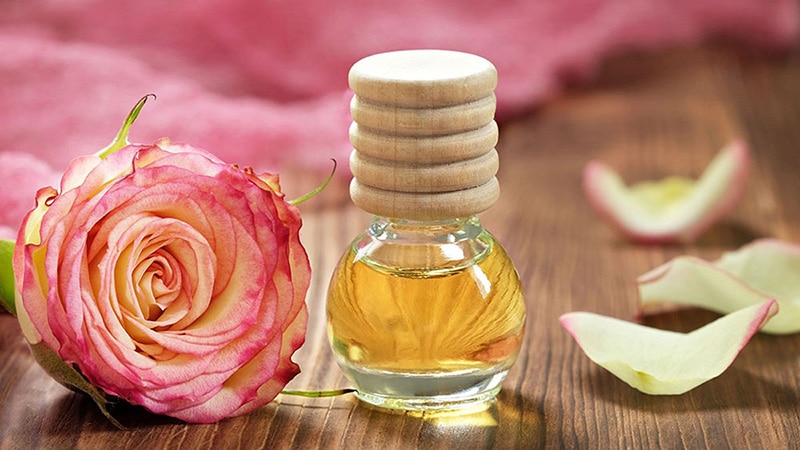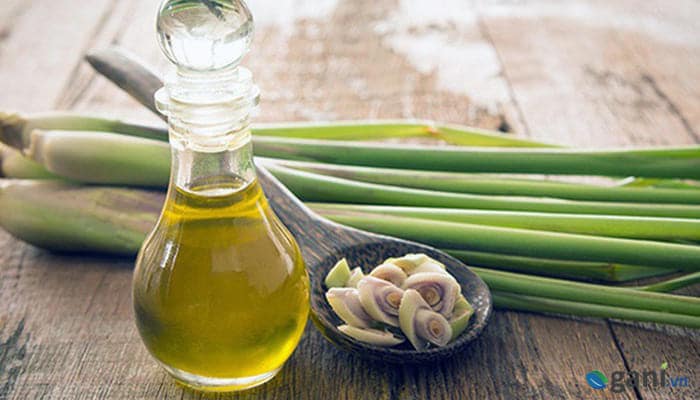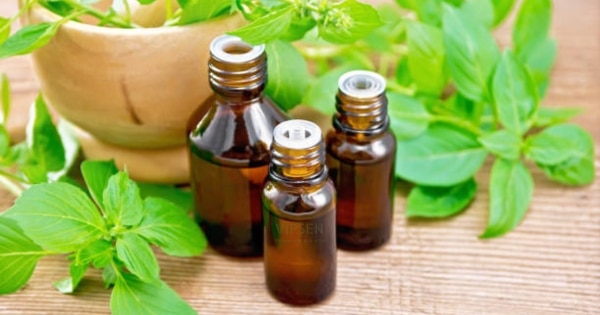1. Tamanu tree in Vietnam
1.1 Characteristics of Vietnamese tamanu fruit
Mu U, English name is Tamanu, scientific name Calophyllum Inophyllum. This is a tropical plant originating mainly from Southeast Asia.
Tamanu is a low-branched tree with broad foliage and a height of 20-25m. It’s leaves are hard, with many and parallel secondary veins. Tamanu flowers are white, about 25mm wide. Flowers usually bloom in two separate seasons: late spring and late fall every year. The tamanu tree is used for wood because it has hard and strong wood, used in construction and boat making
Tamanu fruit has a hard green, round seed. About 2-3cm in diameter and has one seed. When ripe, the fruit turns yellow or reddish brown. Tamanu seed contains a lot of oil. Tamanu oil color is yellow and has a distinct odor. The main fruit harvest is in November-December and April-May every year.
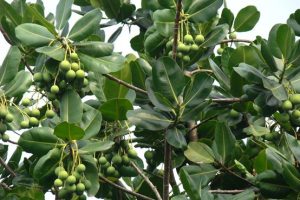
Vietnamese Tamanu tree
1.2 Tamanu growing area.
Tamanu trees are grown in many northern and southern provinces of Vietnam: Quang Ninh, Kien An, from Quang Binh to Phan Thiet, Vinh Long, My Tho, Gia Dinh, Song Be, Ba Ria, etc. In addition, tamanu also grown in some southern provinces of China, Japan, Laos, and Cambodia.
This tree is often grown in coastal areas and in lowland or moderate -land forests. It is capable of living on many different types of soil such as coastal sandy soil, clay soil or degraded soil.
2. Tamanu Oil
Tamanu oil is liquid, viscous, yellow in color and has a characteristic odor
Density at 20oC: 0.900 – 0.980
Refractive index at 20oC: 1,470 – 1,490
Acid Index: Not more than 3.0
Tamanu seeds contain 41-51% oil
2.1 Main ingredients
Main fatty acid composition in VIPSEN tamanu oil
Palmitic Acid (C16): 14.16% (good ability to restore damaged skin)
Stearic Acid (C18): 14.55% (good skin conditioning ability)
Oleic Acid: 43.36% (Also known as Omega 9)
Linoleic Acid: 28.08% (also known as Omega 3)
There is also the anti-inflammatory substance courmarine that creates health-protective activities. Other ingredients include calophyllolide, friedelin, inophyllums B & P, terpenic essences, benzoic & oxybenzoic acids, phospho-amino lipids, glycerides, saturated fatty acids, 4-phenylcoumarins.
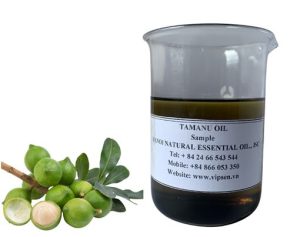
Tamanu oil made by VIPSEN
2.2 Tamanu oil extraction method
To produce tamanu oil, people must get tamanu seeds after they fall naturally from the tree. Light colored seeds are dried in the sun for about 6 – 8 weeks and need to be protected from moisture and rain. As the tamanu seeds begin to dry, their outer shell will turn reddish brown. This long process is necessary to ensure the highest quality oil is produced.
Then, the dried tamanu seeds are cold pressed in a screw press to collect the oil. It is noteworthy that only a few drops of oil flow from one seed. Tamanu oil has a remarkable appearance and smell. In its purest form, the oil has a thick consistency, a dark green color, and a distinct pungent odor, which can sometimes be irritating to some people.
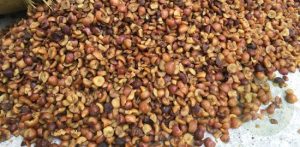
Drying Tamanu seeds
2.3 Effects of tamanu oil
Tamanu oil has been used medicinally for centuries by Asian, African and Pacific Island cultures with the most common use being topical application to soothe skin conditions, including: wounds, burns, eczema, stings, bites, acne, dry skin …
Ancient people discovered early on that the use of tamanu oil could help promote healthy skin cell growth and the restorative benefits of applying it to the skin, so it was even used regularly on young skin newborns because the oil is gentle enough and extremely nourishing for baby’s skin.
In Vietnam, Tamanu oil is a natural source of nutrients with many special uses for health and beauty: As a base oil for skin care, treating acne, scars, open wounds, treating skin fungus and keep skin white and healthy…
Specific uses can be mentioned as follows:
2.3.1 Supports acne reduction
Thanks to its antibacterial and anti-inflammatory properties, Tamanu oil helps relax pores, clean dirt, and treat acne and inflammatory acne.
2.3.2 Fade scars and support burn treatment.
When applied to burn wounds, tamanu oil not only soothes and relieves pain but also creates a protective layer on the skin against harmful environmental factors.
Tamanu Oil stimulates cell proliferation and production of important skin components such as Collagen and glycosaminoglycan. Especially with a large amount of antioxidants, Tamanu oil helps support scar healing, speed up the wound healing process and skin regeneration..
2.3.3 Anti-aging and moisturizing the skin
Tamanu oil not only contains antioxidants to prevent harmful effects from free radicals, but also has the ability to stimulate collagen and glycosaminoglycan (GAG) production. Thanks to these properties, tamanu oil helps fight skin aging while promoting skin regeneration by improving skin softness and elasticity.
In addition, tamanu oil has a supportive effect in treating post-inflammatory hyperpigmentation and helps fade dark spots. Helps prevent wrinkle formation, keeping skin clean and healthy.
2.3.4 Treat psoriasis, athlete’s foot, and fight dermatitis
The antibacterial and antifungal properties of tamanu oil are important factors in eliminating harmful bacteria and fungi on the skin. Unlike many other oils, tamanu oil penetrates deeply into the structure of skin cells, helping to restore and stimulate the regeneration process of dry and flaky skin caused by psoriasis.
Lactone, an ingredient in tamanu oil, is often used to fight inflammation and treat skin problems such as burns, pimples, diaper rash, blisters… At the same time, other fatty acids in Tamanu oil also helps reduce itching and protects the skin.
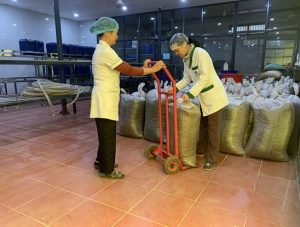
Tamanu seeds material before cold press in VIPSEN essential oil Factory
3. Tamanu Oil produced at VIPSEN
VIPSEN is one of the leading researchers and producers of natural essential oils in Vietnam. Essential oil products are produced using advanced methods, achieving high quality with 100% natural ingredients, without additives or mixtures.
Tamanu oil products are produced by VIPSEN from selected raw materials, from famous raw material growing areas in Quang Binh, Vietnam. The production process from planting and harvesting raw materials to producing and preserving finished products is always closely monitored by a team of experienced experts and technicians. VIPSEN’s Tamanu oil products are not only popular in Vietnam but are also exported to many countries around the world.
For more information, please contact:
Phone/Whatsapp/Zalo/Wechat/Kakao Talk/Line/Skype/Viber: +84 868 855 086
Email: Tony@Vipsen.vn
Address: D7-TT9, Forosa Street, Xuan Phuong New Urban Area, Xuan Phuong, Nam Tu Liem, Hanoi
Address of essential oil factory: Bai Dai, Tien Xuan, Thach That, Hanoi, Vietnam
Address of ginger and star anise factory: Thu Do, An Tuong, Vinh Tuong, Vinh Phuc, Vietnam








